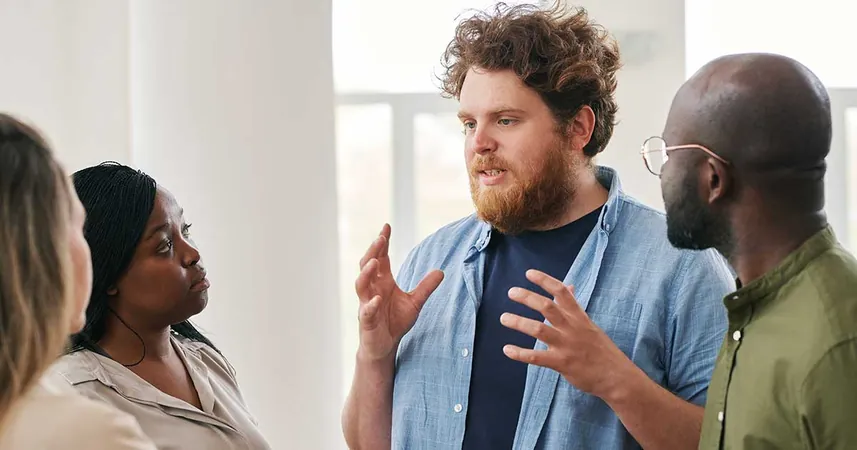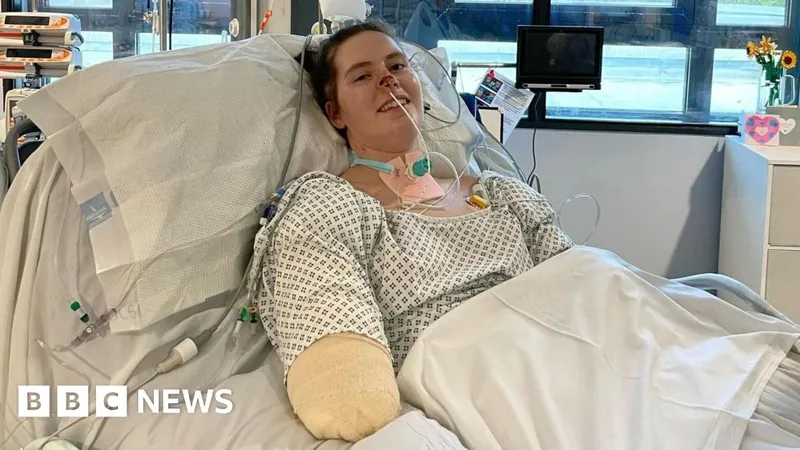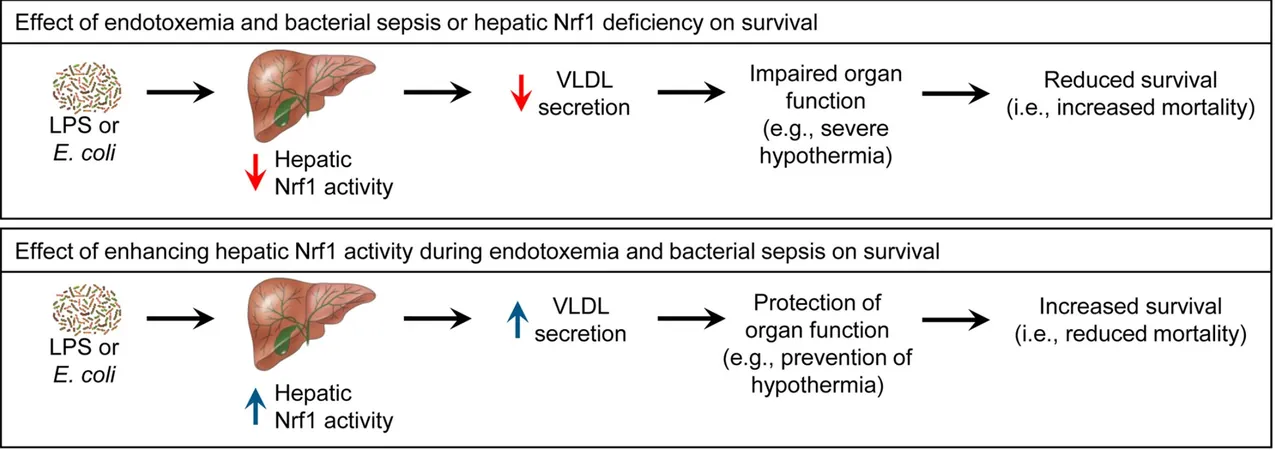
Unlocking the Secrets of Communication: How Hand Gestures Enhance Speech Understanding
2025-06-23
Author: William
The Invisible Language of Gesture
Did you know that conversation isn't just about words? When we engage in face-to-face talks, our bodies play an integral role. Hand gestures, facial expressions, and nods contribute significantly to how we convey and understand meaning. A groundbreaking study from the Max Planck Institute for Psycholinguistics reveals that these gestures do much more than embellish speech—they help us predict what our conversation partner will say next, often even before they finish speaking!
The Brain's Predictive Power
Imagine someone discussing technology and mimicking typing on a keyboard. Such iconic gestures give listeners a heads-up, hinting at what's coming next. Researchers aimed to explore this fascinating phenomenon through two innovative experiments featuring virtual avatars.
An Experiment in Anticipation
In the first phase of their research, participants watched avatars pose simple questions, pausing dramatically right before the question's conclusion. At this moment, the avatars either gestured meaningfully (like typing), made irrelevant movements, or remained still. Guess what? Listeners were far more accurate in guessing the upcoming word when a meaningful gesture accompanied the pause!
The Science Behind Gestures
The second experiment took a deeper dive, capturing brain activity as participants listened to entire questions. Using EEG technology, researchers monitored the brain's electrical signals when presented with gestures. Astonishingly, they found that seeing a meaningful gesture caused a notable decrease in brainwave activity associated with attention and anticipation during the pause before the response.
Implications for Communication
What's the takeaway? This research sheds light on the profound connection between body language and verbal communication. It shows that gestures are not merely supplementary but vital for understanding language. Even more astonishing is that these effects remain consistent, even when gestures come from artificial avatars—not just humans!
Lead researcher Marlijn ter Bekke emphasizes what's at stake: "To make artificial agents like robots and virtual assistants more relatable, they must communicate not just through speech but also via meaningful gestures. This will enhance our interactions with technology, making them more intuitive and human-like."
Why This Matters
As technology increasingly infiltrates our daily lives, the study highlights the importance of gestures in human communication. Future innovations in AI could benefit greatly from integrating gestures, providing a more engaging experience. With implications reaching far beyond theoretical research, these findings redefine what it means to communicate effectively.
Conclusion: Your Brain Is Ahead of the Game
Next time you see someone animatedly expressing themselves, remember: your brain is already anticipating the message, actively piecing together meaning from the dance of words and gestures. This study reshapes our understanding of how we communicate and prepare our minds for what’s to come.
For those interested in a deeper dive, these fascinating research findings are documented in detail in the journal Psychological Science.









 Brasil (PT)
Brasil (PT)
 Canada (EN)
Canada (EN)
 Chile (ES)
Chile (ES)
 Česko (CS)
Česko (CS)
 대한민국 (KO)
대한민국 (KO)
 España (ES)
España (ES)
 France (FR)
France (FR)
 Hong Kong (EN)
Hong Kong (EN)
 Italia (IT)
Italia (IT)
 日本 (JA)
日本 (JA)
 Magyarország (HU)
Magyarország (HU)
 Norge (NO)
Norge (NO)
 Polska (PL)
Polska (PL)
 Schweiz (DE)
Schweiz (DE)
 Singapore (EN)
Singapore (EN)
 Sverige (SV)
Sverige (SV)
 Suomi (FI)
Suomi (FI)
 Türkiye (TR)
Türkiye (TR)
 الإمارات العربية المتحدة (AR)
الإمارات العربية المتحدة (AR)